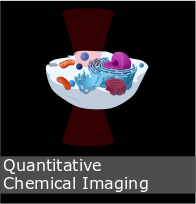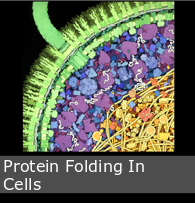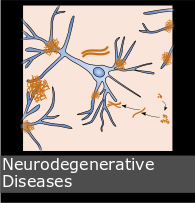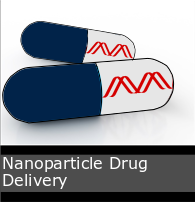
Raman Chemical Imaging
Conventional microscopy techniques probe biological processes by imaging the location of molecules in time and space. These techniques, however, lack the ability to reveal the physiochemical nature of how these molecules dynamically interact with their local environment. This knowledge is crucial for not only understanding biological functions, but also establishing the molecular basis for human diseases.

In Situ Protein Folding
The ability of proteins to properly fold into their correct three-dimensional structures is necessary for them to perform their biological functions. The cell exerts complex regulatory mechanisms to control protein folding in the cell. We are developing a technique called Fast Raman Relaxation Imaging to directly image the structural dynamics of protein folding in the cell. The ultimate goal of this work will be to determine how cells regulate protein folding through the use of heat shock proteins and molecular chaperones to prevent undesirable interactions that cause misfolding, aggregation, and disease.

Amyloid Diseases
Amyloid fibril protein aggregates are the hallmark of many neurodegenerative
diseases like Alzheimer’s, but the relationship between their molecular structures and resulting cytotoxicity is still unclear. We will use Raman Chemical Imaging to assess how the structure and packing of fibrils influence their ability to grow and spread from one region of the brain to another.

Nanoparticle Drug Delivery
The use of polymer nanoparticles to deliver therapeutic nucleic acids in
gene therapy applications is limited because their delivery mechanisms
are poorly understood. Local interactions between these nanoparticles and membranes dictate the efficiency of polymer nanoparticle internalization into cells, their escape from degradation in lysosomes, and their ability to successfully deliver therapeutic nucleic acids in the nucleus. The goal of this project is to image these interactions in order to directly establish how polymer structures influence biological activities to guide the development of more effective delivery vectors.